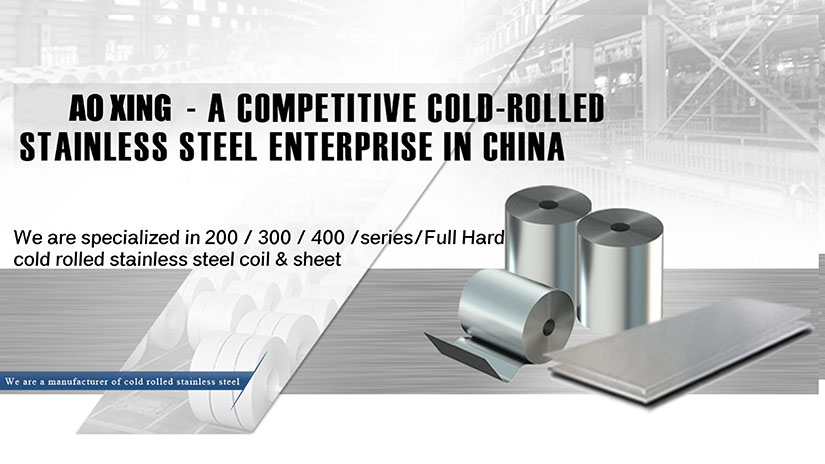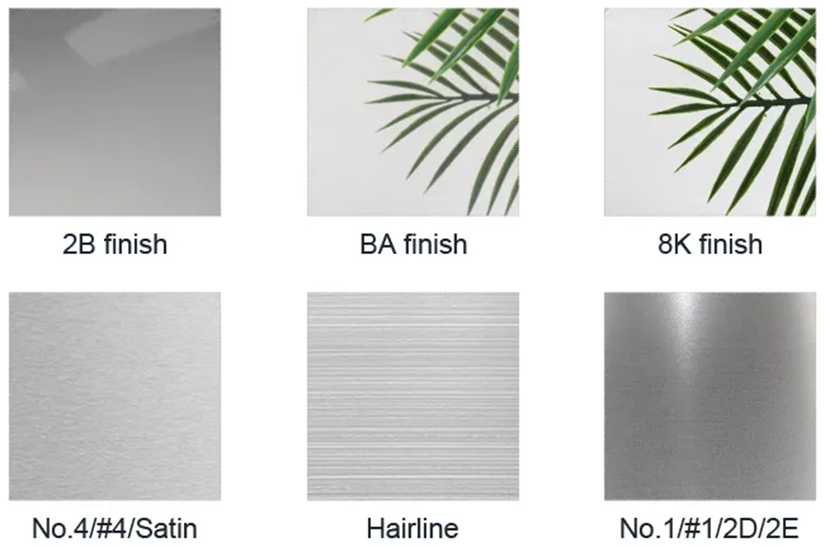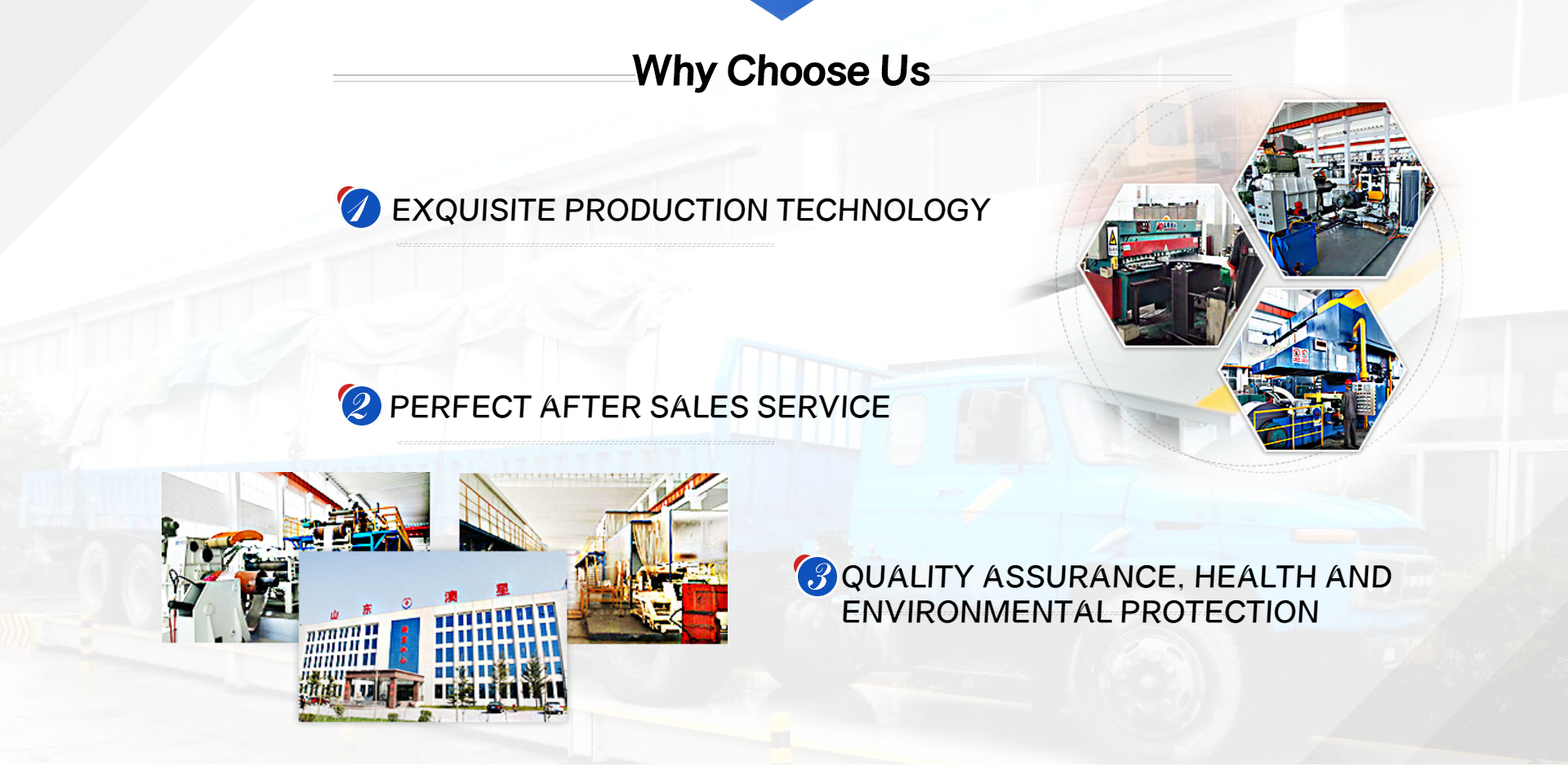310 Stainless Steel Coil

What is 310 Stainless Steel Coil?

Type 310 stainless steel is an austenitic alloy known for its exceptional high-temperature capabilities, withstanding up to 2000˚F in dry air due to its high chromium and nickel content. It boasts remarkable creep strength, superior oxidation resistance, and forms a robust scale at elevated temperatures. Offering excellent performance in thermal cycling and outperforming Type 309, this grade is also noted for its resistance to sulfidation and carburization in high-temperature environments. Additionally, 310 maintains non-magnetic properties in both annealed and cold-worked states and shares corrosion resistance qualities comparable to Types 304/304L.
Features of 310 Stainless Steel Coil
310/310S stainless steel is esteemed for its exceptional high-temperature capabilities, maintaining an austenitic structure that is not hardenable by heat treatment. Enhancements in its tensile and yield strengths are achievable through cold working, although this requires subsequent annealing to ensure stability in its properties. Engineered specifically for superior performance in high-temperature conditions, 310 stainless steel is ideal for elevated temperatures, whereas 310S is designed for use in slightly less extreme heat conditions, yet it still offers considerable resistance to high temperatures. It's important to note that cold working might decrease the material’s resistance to creep at high temperatures, which is vital for applications demanding sustained high-temperature resilience.
310 Stainless Steel Chemical Composition & Technical Data Sheet
310 Stainless Steel Standards Comparison
| STS | USA | EURONORM | JAPANESE | GERMANY |
| GRADE | AISI/ASTM | EN | JIS | DIN |
| 310 | 310 | X15CrNi25-20 | SUS310 | 1.4841 |
| 310S | 310S | X8CrNi25-21 | SUS310S | 1.4845 |
310 Stainless Steel Chemical Composition
| Grade | Standard | Chemical Composition(%) | ||||||
| C | Mn | Si | P | S | Cr | Ni | ||
| 310 | ASTM A240 | ≤0.25 | ≤2.00 | ≤1.50 | ≤0.045 | ≤0.030 | 24.00-26.00 | 19.00-22.00 |
| 310S | ASTM A240 | ≤0.08 | ≤2.00 | ≤1.50 | ≤0.045 | ≤0.030 | 24.00-26.00 | 19.00-22.00 |
310 Stainless Steel Mechanical Properties
| Grade | Tensile Test | Hardness Test | ||
| 0.2% Y.S(Mpa) | T.S(Mpa) | Elongation(%) | HRB | |
| 310 | ≥205 | ≥515 | ≥40 | ≤95 |
310 Stainless Steel Finishes & Applications

Applications of 310 Stainless Steel
Grade 310/310S stainless steel is prominently utilized in various high-temperature environments, showcasing its versatility across a range of applications. It's commonly employed in fluidized bed combustors, kilns, radiant tubes, and tube hangers in petroleum refining and steam boilers. Its resilience is also evident in coal gasifier internal components, lead pots, and thermowells. Additionally, it finds usage in refractory anchor bolts, burners, combustion chambers, retorts, and muffles, along with annealing covers and saggers. Beyond high-temperature applications, it's utilized in food processing equipment and cryogenic structures.
While typically available in hot rolled form to suit industrial applications, 310/310S stainless steel can also be found in cold rolled variants, suitable for manufacturing tubes."
310 Stainless Steel Coil Package & Loading Details



310 Stainless Steel Coil FAQ
1. Which 310 variant is most frequently used?
The 310S variant of stainless steel is more prevalent, especially in China, owing to its optimal combination of excellent ductility, superior corrosion resistance, and robust high-temperature properties, all attributed to its reduced carbon content. This blend of qualities makes it highly favored for diverse industrial applications.
2. Distinguishing Between 310/310H/310S Stainless Steel Variants
The key differences among the 310, 310H, and 310S stainless steel grades are their carbon content levels, which directly influence their suitability for various applications. The 310S grade is tailored with a reduced carbon content below 0.08%, optimizing it for scenarios where both high-temperature resilience and corrosion resistance are crucial, yet post-welding annealing is impractical. On the other hand, the standard 310H stainless steel contains a higher carbon content, up to 0.25%, which boosts its strength but may compromise its welding suitability due to potential carbide precipitation. The 310 ss, with its carbon content ranging between 0.04% and 0.10%, provides a middle ground, offering enhanced strength while maintaining adequate weldability for high-temperature applications demanding reliable mechanical properties.
3. Can you provide custom 310 stainless steel?
Absolutely, we tailor 310 stainless steel to your needs, ensuring your specifications for finish, thickness, width, length and physical properties are met.
4. What's the delivery timeline?
Quick delivery for trial orders within a week, while regular orders range from 7-30 days.
5. How do you guarantee your alloy 310 ss product quality?
Our alloy 310 ss products undergo rigorous inspections during manufacturing, cutting, and packaging to ensure the highest quality. And 310 ss MTC is also provided.
6. Can I get some 310 ss samples?
We can provide 310 ss samples for you to check the quality. Sample is free and you just pay the freight.
7. What is the difference between 304 vs 310 stainless steel?
The distinction between 304 and 310 stainless steel primarily lies in their composition and capabilities:
Corrosion Resistance: 310 stainless steel offers enhanced corrosion resistance compared to 304, attributed to its higher chromium and nickel content.
Hardness: There is a noticeable difference in hardness, with 310 being harder than 304 due to its material composition.
Heat Resistance: 310 excels with superior oxidation resistance, enduring up to 1050°C in continuous service and 1035°C intermittently, whereas 304 maintains resistance up to 925°C continuously and 870°C intermittently.
Applications: 310 is favored for high-temperature applications like heat treatment facilities, furnace parts, and cryogenic structures. It's also used in ore processing and food processing environments.
304, known for its versatility, is commonly utilized in food processing equipment, kitchen utensils, architectural paneling, and various types of hardware.
8. Choosing a 310 Stainless Steel Supplier
Selecting a supplier for 310 stainless steel coils involves a series of steps to ensure quality and reliability:
Research Suppliers: Utilize online resources to identify reputable suppliers specializing in stainless steel, focusing on those with a strong industry presence and positive reviews.
Engage with Suppliers: Contact the suppliers to discuss their 310 stainless steel coil offerings, including specifications, pricing, and availability. Consider requesting samples for quality assessment.
Assess Credibility: Evaluate the suppliers' credibility by reviewing their business credentials, certifications, and customer feedback, ensuring they adhere to industry standards and best practices.
Compare Quotations: Solicit and compare quotes from various suppliers, clarifying your specific needs such as quantity, specifications, and delivery details to make an informed decision.
Verify Quality Assurance: Investigate the suppliers' quality control processes and request relevant test reports or certifications to confirm the coils meet your required standards.
Negotiate Terms: Discuss and negotiate key terms, including pricing, delivery, and payment conditions, ensuring they align with your requirements.
Order Placement: Finalize the purchase by confirming the order details, such as the coil specifications, quantities, and agreed terms.
Arrange Payment: Agree on a secure payment method that suits both parties, ensuring all financial terms are clear and documented.
Coordinate Shipping: Organize the logistics, including packaging, shipping, and customs clearance, to ensure the coils are delivered as expected.
Inspect Upon Arrival: Upon receiving the coils, inspect the shipment for quality and accuracy, addressing any discrepancies with the supplier immediately.
9. What is the stainless steel 310 price?
Usually the approximate price is more than 2,000 US dollars/ton. The actual price will fluctuate based on exchange rates, market conditions, etc. For details, please contact us for a quote.
Why Choose Us?

We are the cold-rolled stainless steel coil production base in China with 200,000 tons capacity annually.
1. Guaranteed Stock Availability: Experiencing stock shortages during crucial times can hinder your projects. Our robust inventory management ensures a consistent supply, ready to dispatch large quantities swiftly, keeping your operations smooth and uninterrupted.
2. Comprehensive Range of Specifications: Finding the exact stainless steel coil specifications can be challenging. We offer a diverse range of specs, ensuring you find precisely what your project demands, with the assurance of our commitment to meeting your specific needs.
3. Customized Material Processing: Custom processing needs can be demanding. Our advanced facilities provide tailored solutions, from precise dimension alterations to specific finish treatments, ensuring your requirements are met with utmost precision.
4. Accurate Shearing Services: Precision is key in stainless steel utilization, and our expert shearing services guarantee exactness in every cut, aligning perfectly with your specifications and quality expectations.
5. Cost-effectiveness is crucial in supplier selection. Our optimized procurement and cost-efficient processes ensure you receive not just premium-quality products but also the best prices, offering exceptional value for your investment.








